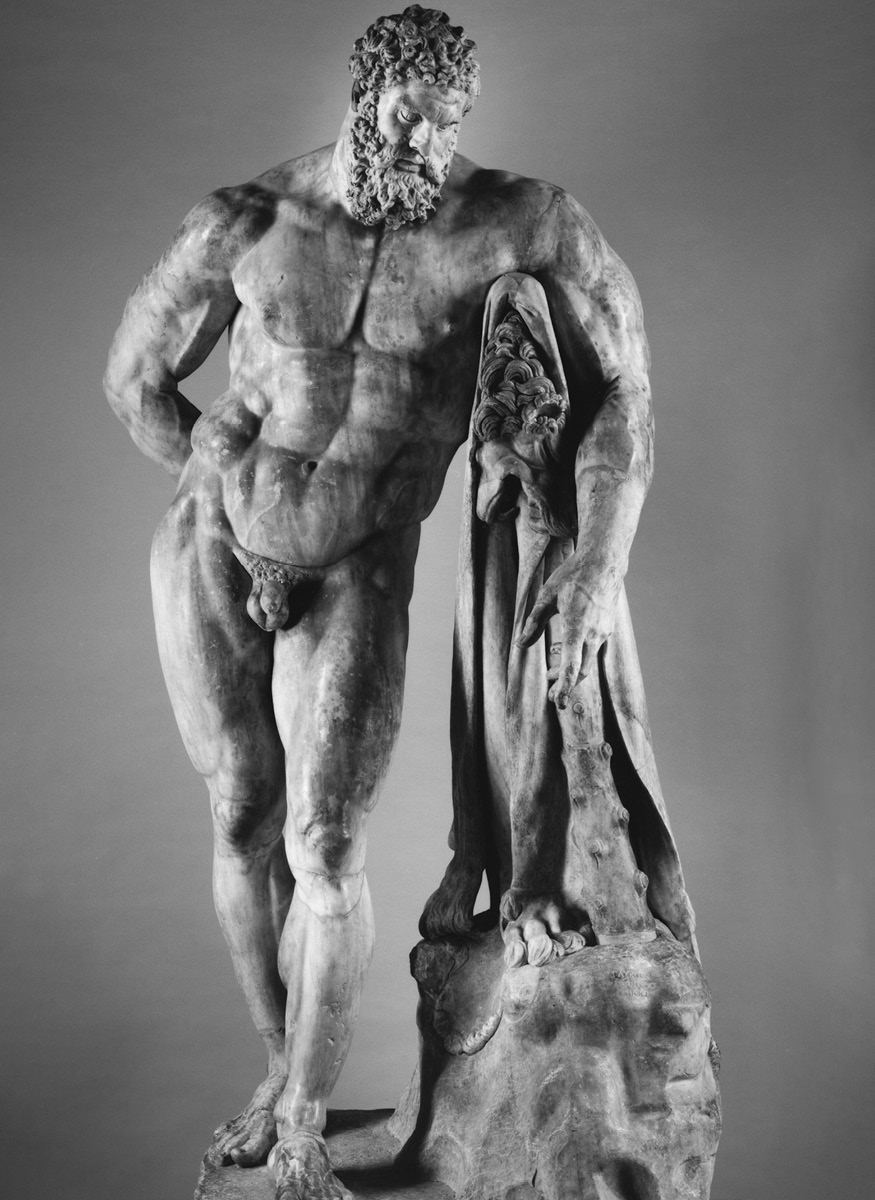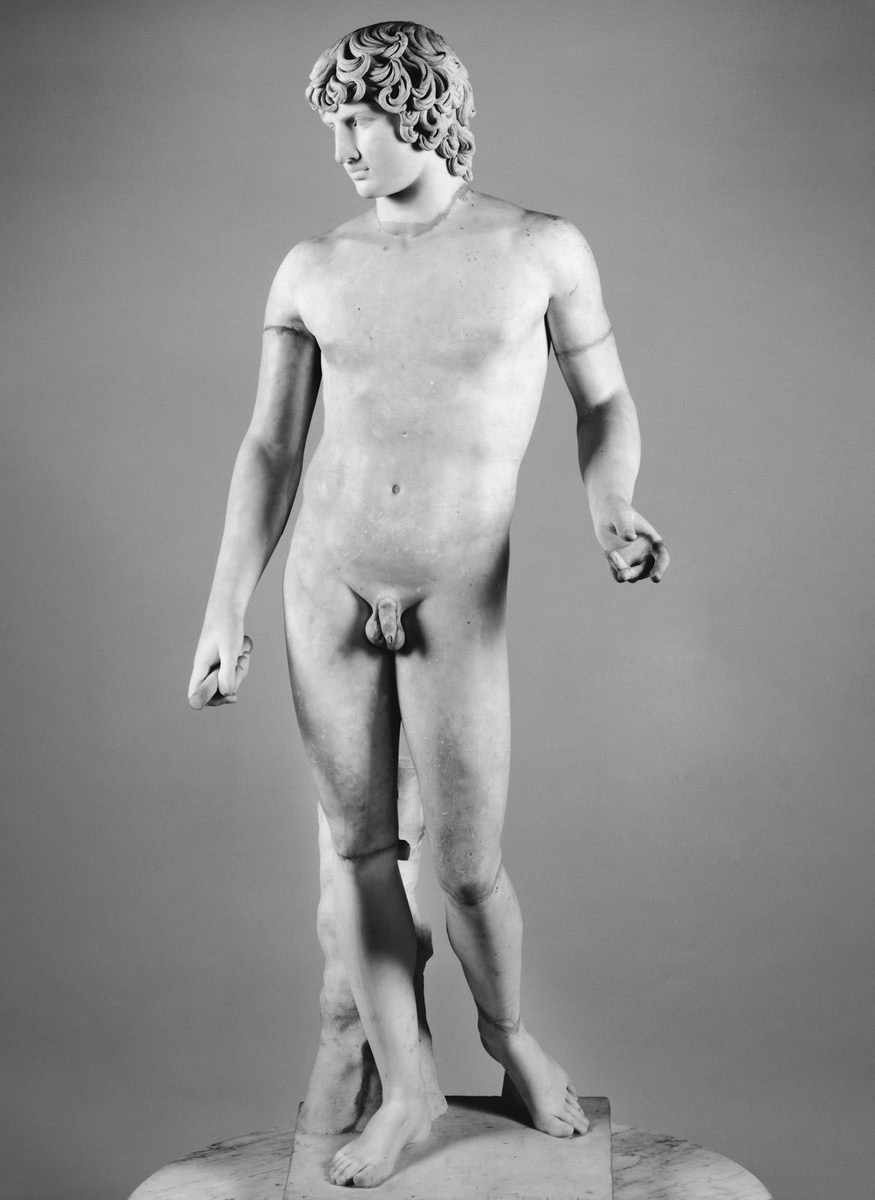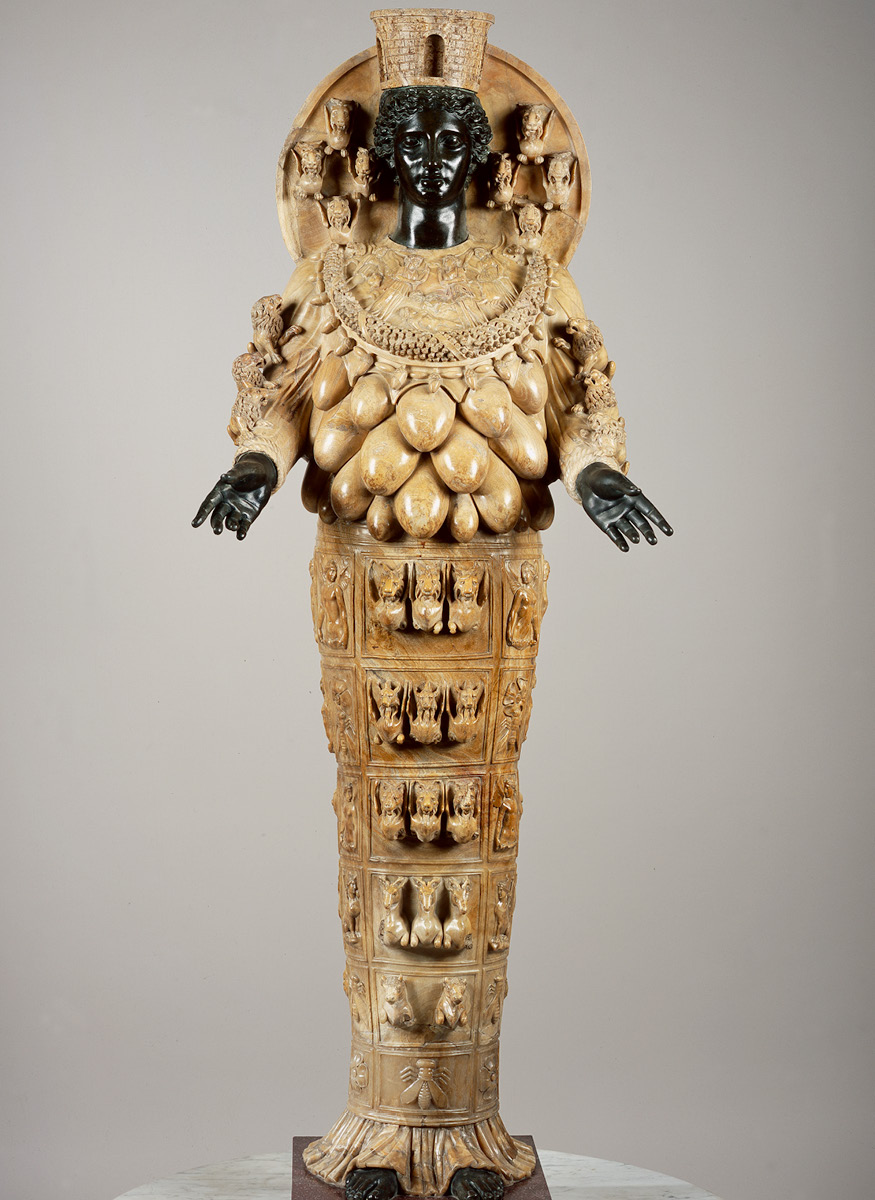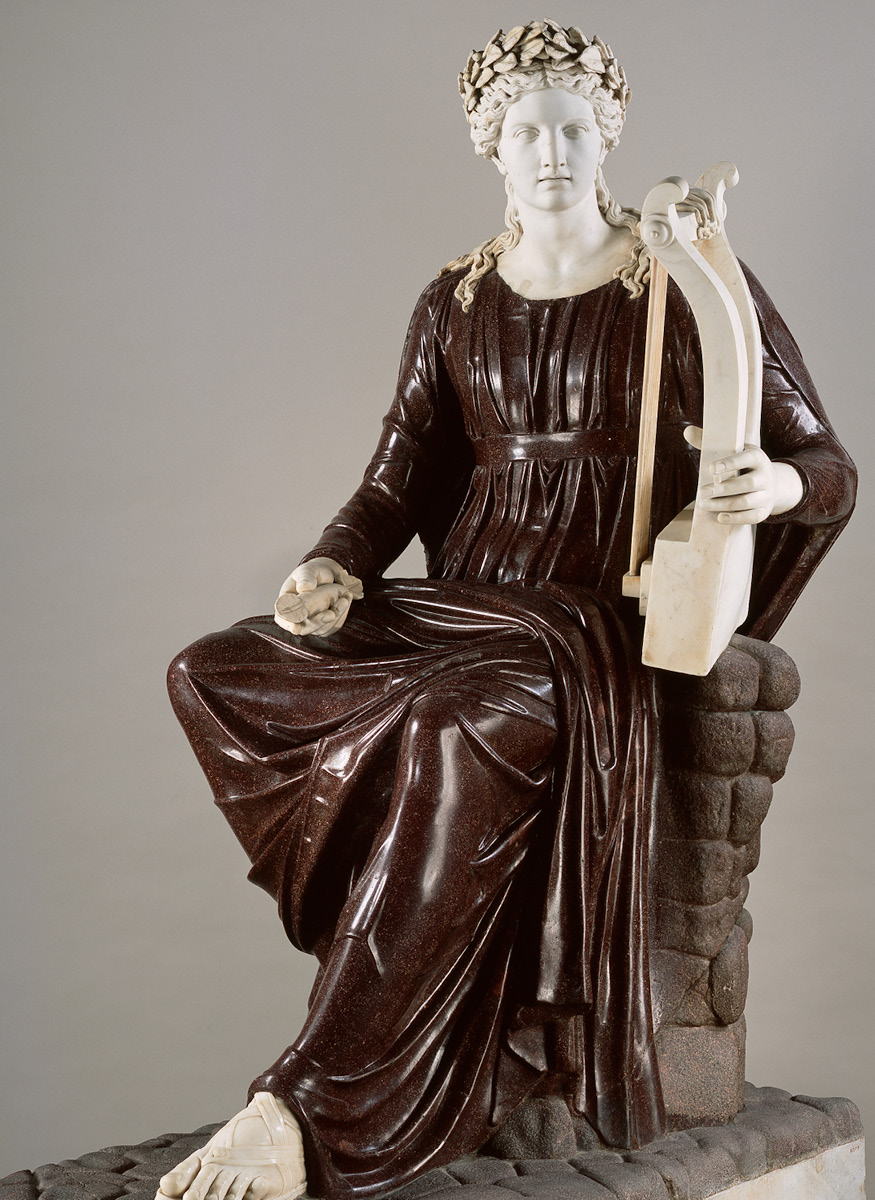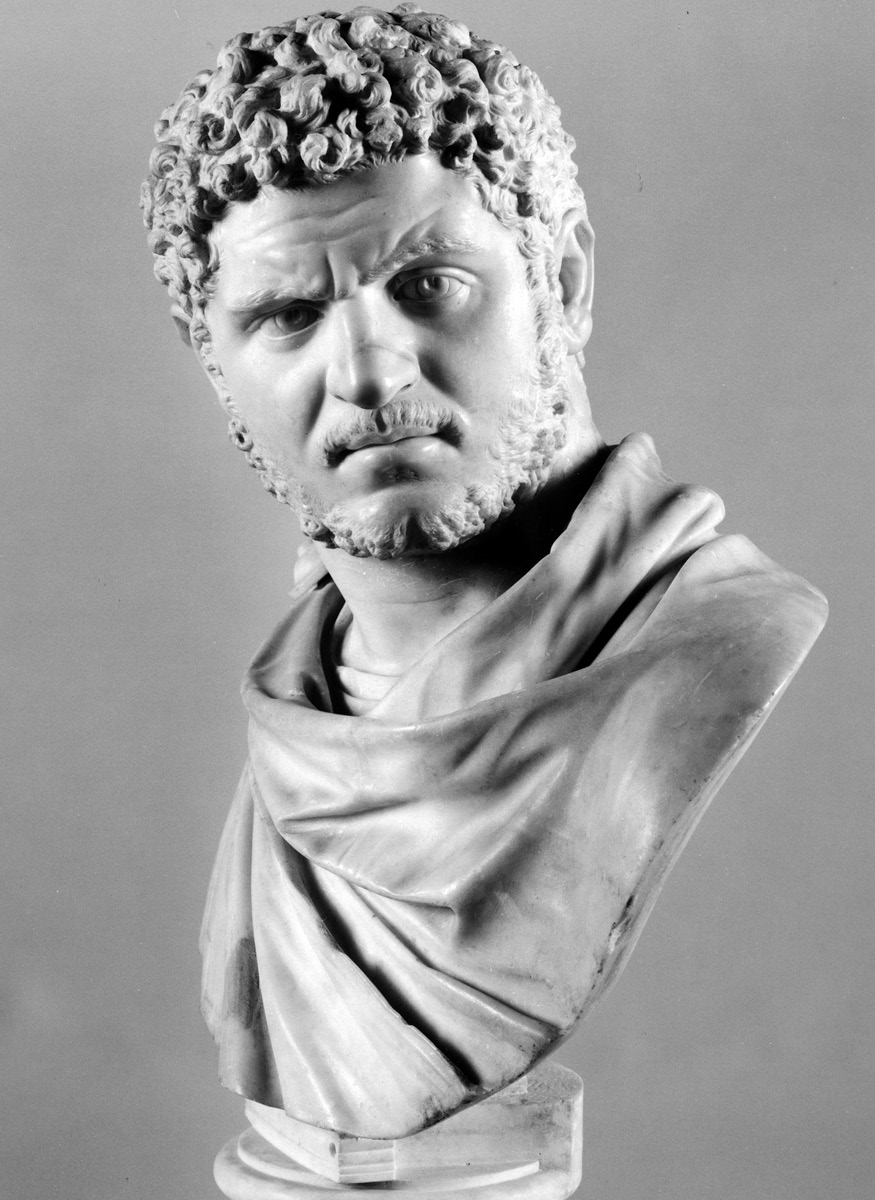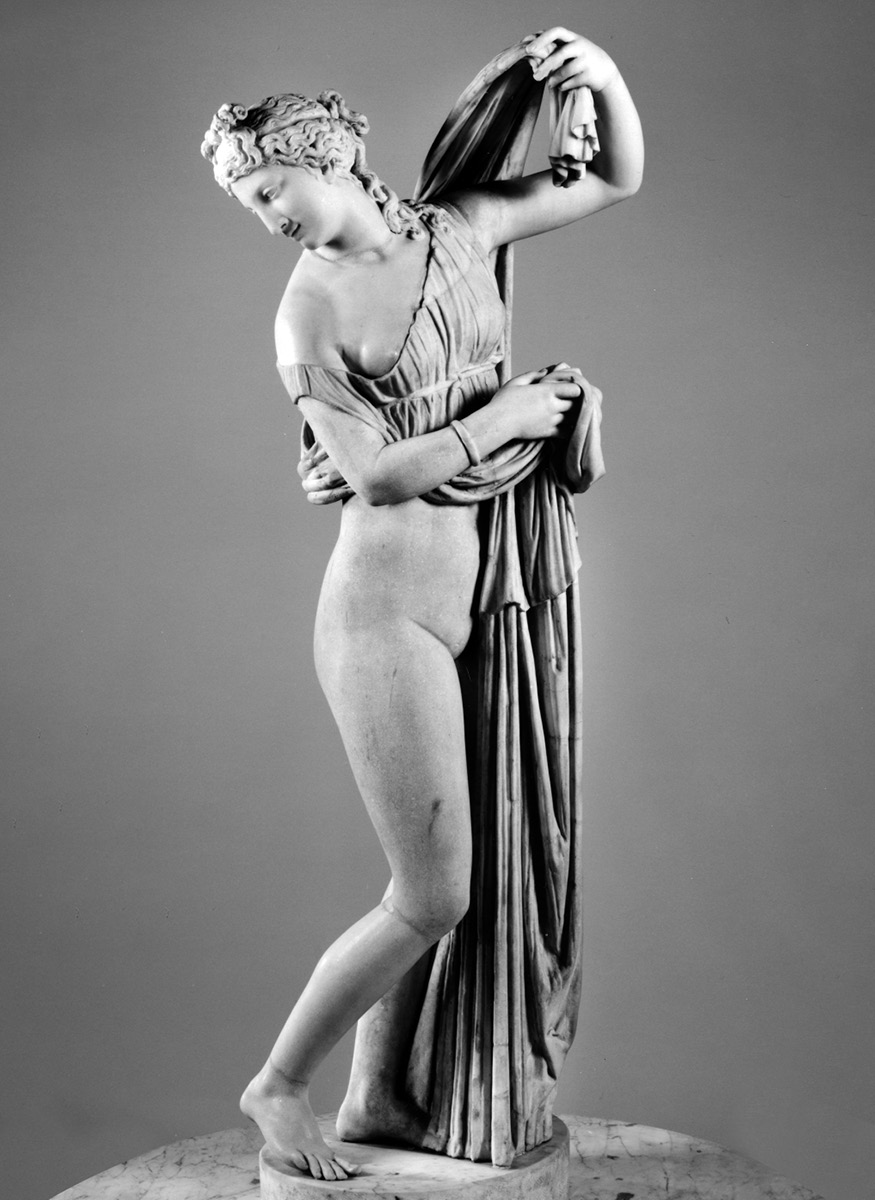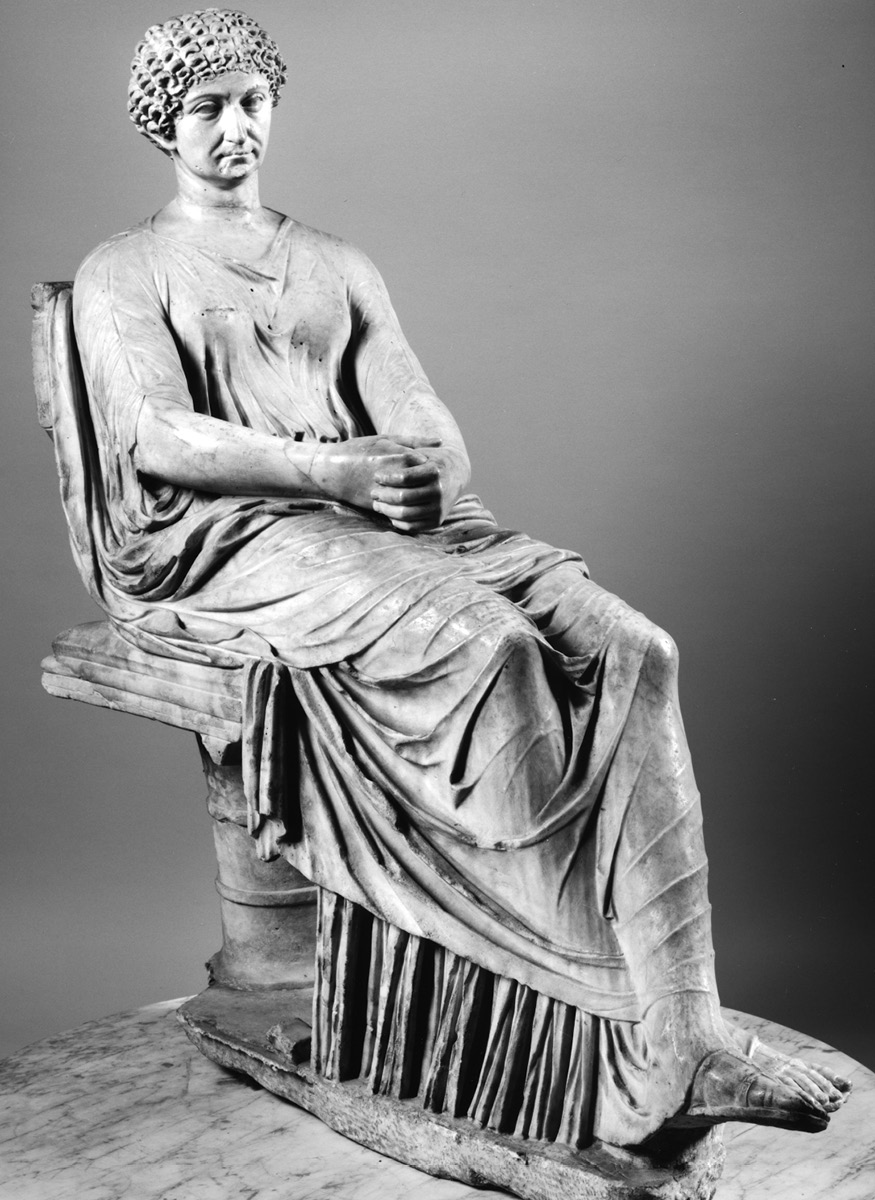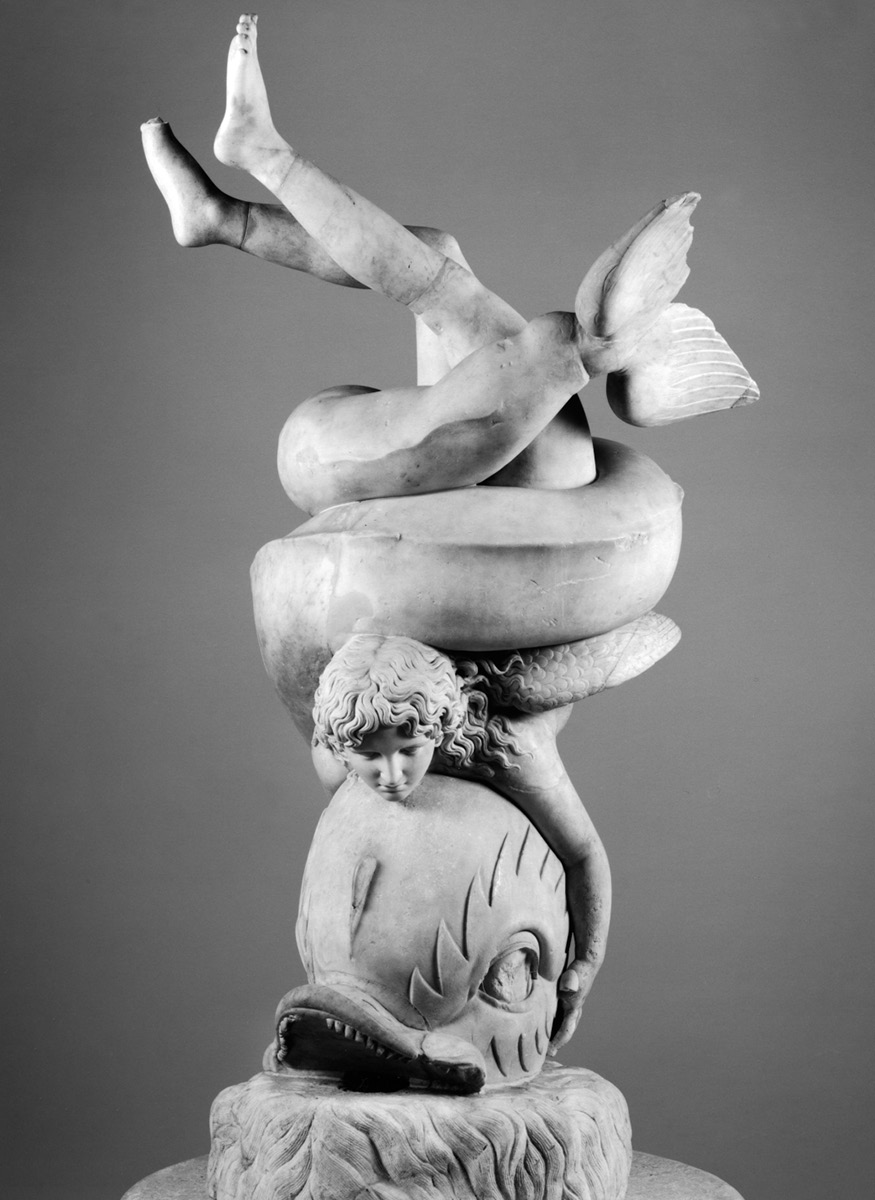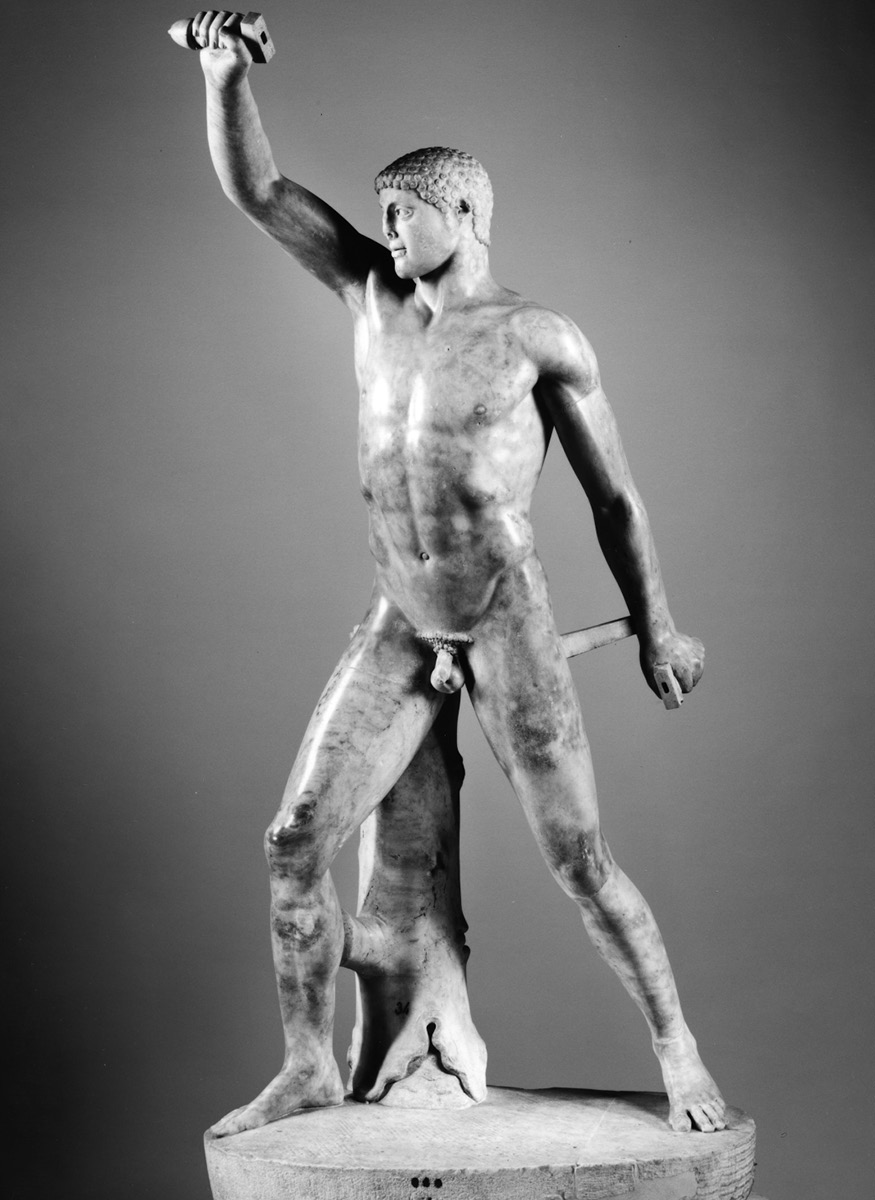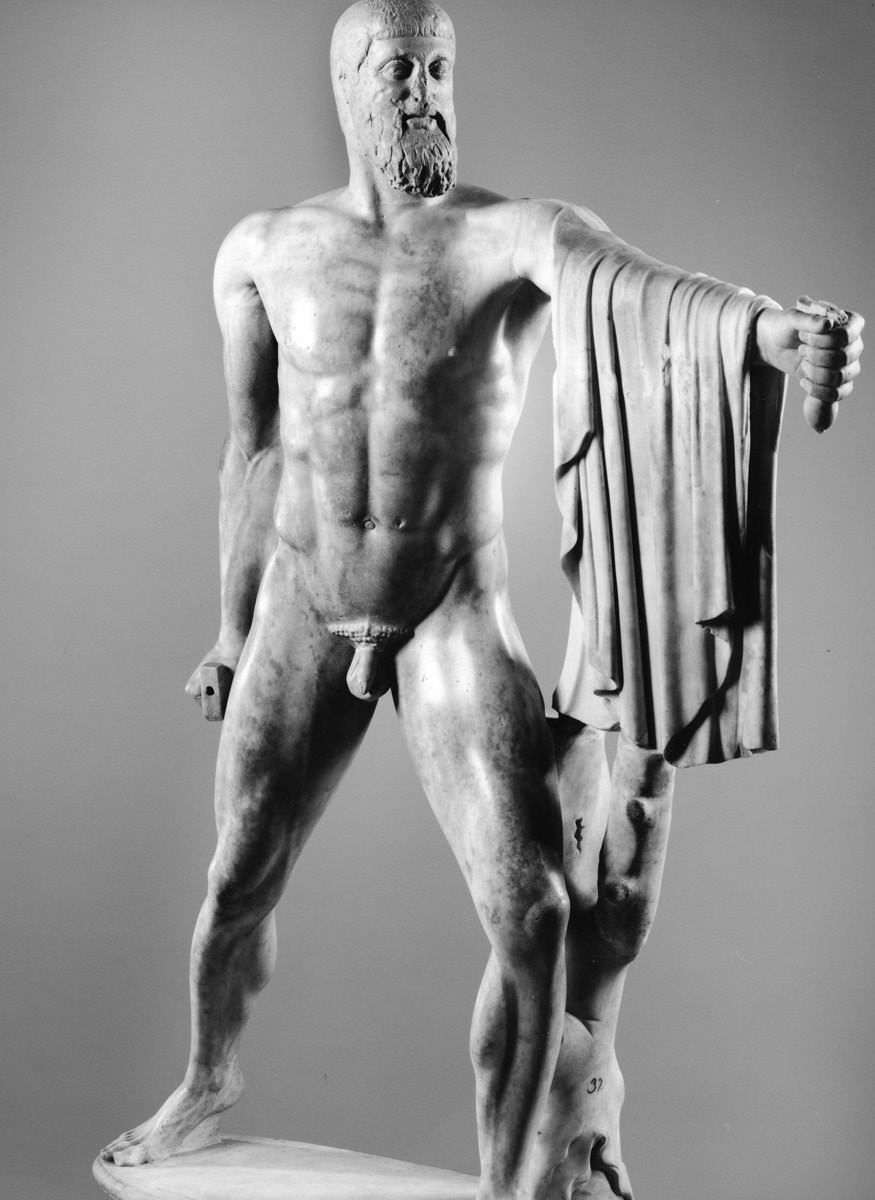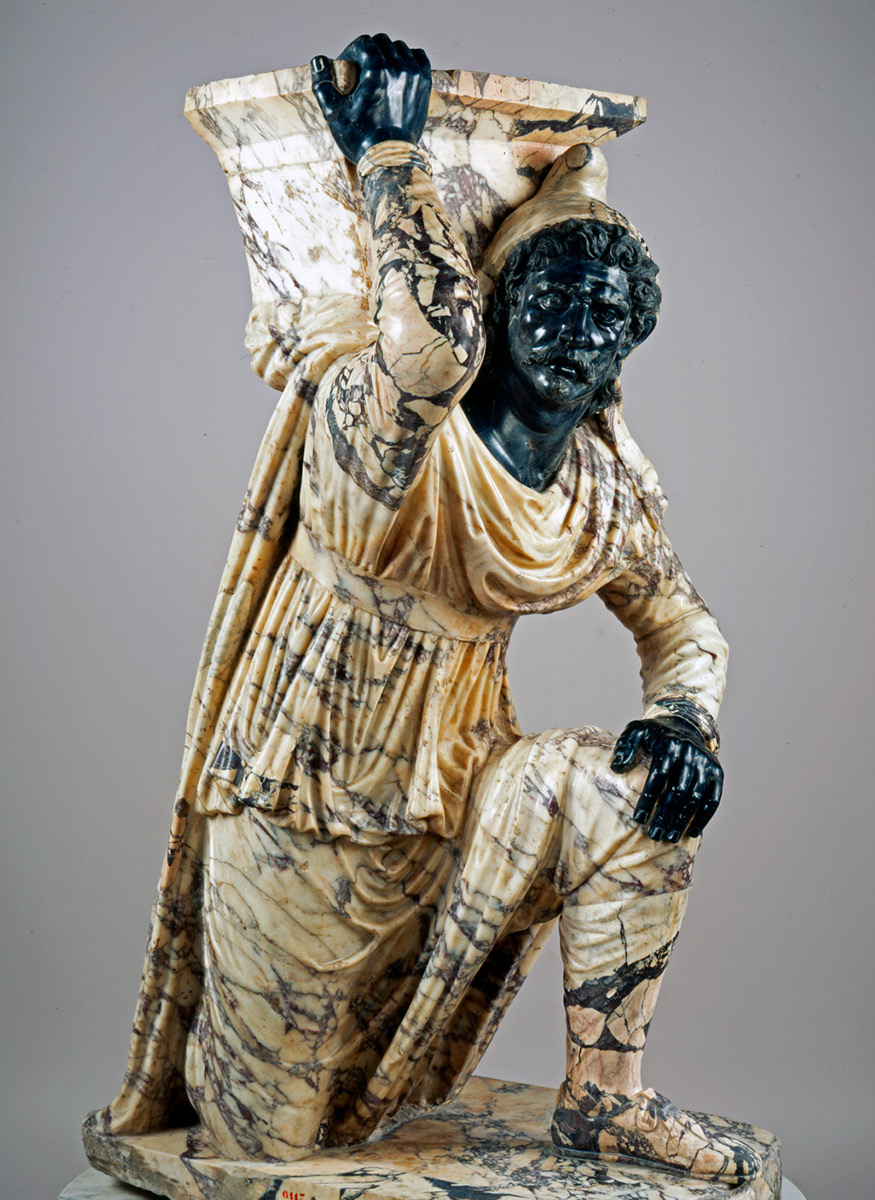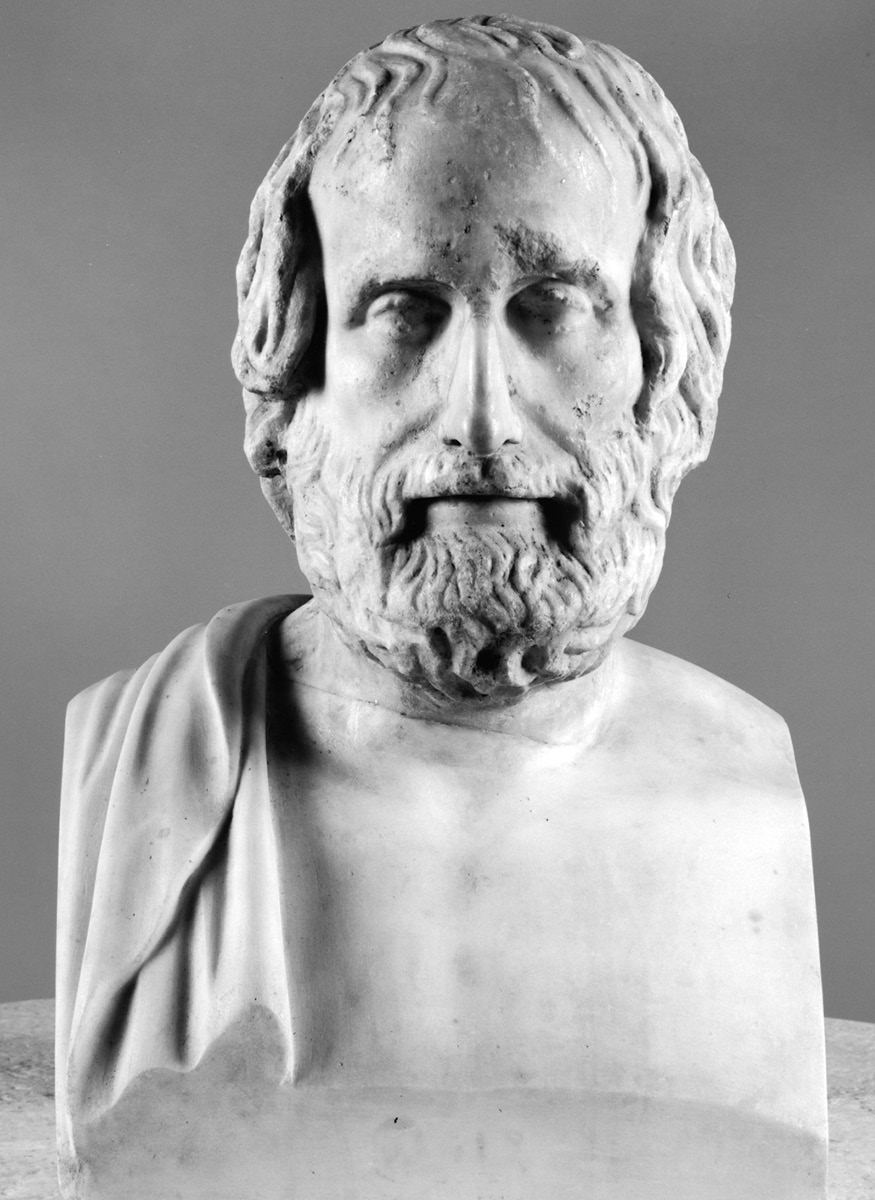Farnese collection
The Farnese collection is probably the most famous among Roman antiquities collections and it is fully rooted in the Renaissance milieu. It was created thanks to the firm policy of acquisitions carried out by the powerful Roman family through various means: antiquarian market deals, confiscations and archaeological digs, which all proved important sources of precious marbles and sculptures for the decoration of the family manors.
The collection was started by Alexander Farnese, who became Pope Paul III in 1534. His nephews, the cardinals Alexander and Odoard, significantly contributed to enrich it, also incorporating conspicuous bequests. In particular, the famous sardonyx bowl, which came into possession of Margaret of Austria, widow first of Alexander Medici and later of Octavius Farnese, as well as the collection created by Fulvio Orsini, who was a numismatic, a librarian and an antiquarian on behalf of the Farnese family and was himself an amateur collector of gemstones, busts, coins and antique books. Following tortuous heritage routes, the collection ended up in Naples: Charles III of Bourbon, king of Naples from 1734 to 1759, inherited it from his mother Elizabeth, who was the wife of Philip V of Spain and the last descendant of the Farnese family. Ferdinand IV of Bourbon, after succeeding on the throne of Naples to his father, organized the actual transfer of the collection to Naples, where its marbles became a distinctive feature of the museum, together with the finds from Vesuvian archaeological sites.
The current exhibition project highlights the two fundamental features for the historical evolution of the collection: the antiquarian culture and the will of self-celebration of the Farnese family. In some cases, the display is aimed at reproducing the original decorative contexts in the family manors: this holds true for Farnese palace in Campo dei Fiori in Rome, with its galleries of imperial portraits and the so-called Carracci gallery, where ancient statues dialogue with mythological pictures frescoed by the Carracci brothers, as well as for the villas, such as Villa Farnesina, located on the other bank of the river Tiber and Villa Madama at the foot of Mount Mario, ending with the Orti Farnesiani on the Palatine Hill. Further sections are dedicated to specific themes, such as the series of the portrait busts of philosophers and illustrious men, or to important historical moments such as the excavation campaign at Caracalla baths, which started in 1545 and made it possible to unearth colossal statues like the Hercules and the Bull, which sparked at the time an incredible interest. A separate gallery hosts the gemstones, displayed according to the various themes and the different collections
